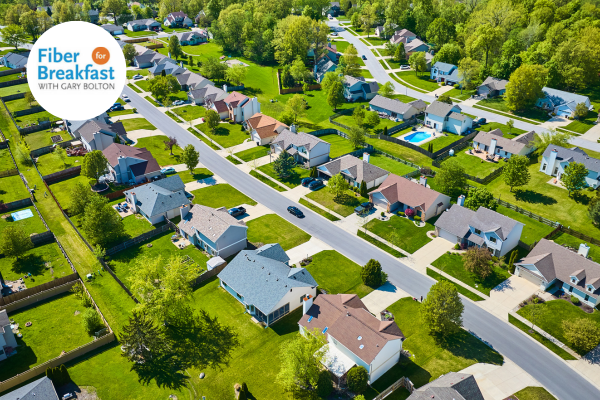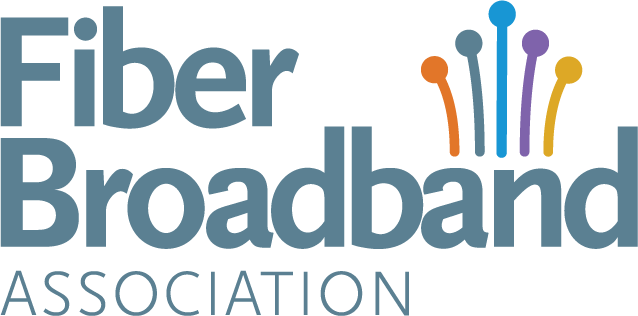From Access to Impact: A Major Push to Close the Digital Divide Across Michigan
From Access to Impact: A Major Push to Close the Digital Divide Across Michigan
This week on Fiber for Breakfast, Eric Frederick, Michigan’s first Chief Connectivity Officer talks about the mission and goals of the Michigan High-Speed Internet Office (MIHI). He discusses the early challenges he faced stepping into the role, the team’s progress on Michigan’s Digital Equity Plan, and what’s ahead in their mission to connect every Michigander.
How We Got Started
Right in the middle of COVID, in June of 2021, the governor saw the need for a single point of contact across the state for high-speed internet infrastructure and created the MIHI office. Although the office was created back in June of 2021, it was not yet authorized for funding and staffing by the legislature until April of 2022. Frederick joined the state of Michigan to lead the office in July of 2022. “While that sounds like three years ago, that three years has kind of clearly passed with the passive structure and integration of the BEAD program, the Digital Equity Act, and all the other programs that have come along to solve this challenge that we’re up against,” said Frederick. Since then, they expanded their office which has two verticals – the digital equity team and the infrastructure data team. Frederick explained, “As we work with solving the digital divide, we know that just because the infrastructure is there doesn’t mean folks are able to use it and leverage it to improve their quality of life, so we need to make sure we’re addressing digital equity, at the same time.”
Our Mission Speaks Volumes
Eric joined the State of Michigan right after spending 12 years at a non-profit that was trying to expand broadband across the country. “The mission at MIHI is to create a more digitally equitable state where everyone can leverage technology to improve their quality of life,” Frederick said. The goals they have stated are to ensure that universal availability of broadband to every home, business, institution and community and that they are guided by six principles including: creative, efficient, transparent, collaborative, adaptable, and intentional.
“Our mission – trying to create a digitally equitable state, is something I also like to remind our staff about,” Frederick said. “Our work is not about the technology, it’s about people. We want to enable people to improve their quality of life using this technology…and ultimately, it’s the people that we are doing the work for.”
What Keeps Me Up at Night?
Eric shared a map view of Michigan and the progress they’ve made in providing connectivity, as well as the challenges ahead on where more work needs to be done. “There’s 4.1 million dots on this map; every red dot is a BEAD eligible location. We have BEAD eligible locations in every one of our 83 counties across the state, and there’s 248,253 of them on this map,” Frederick said. He covered how various parts of the state are funded by other programs which he does not have jurisdiction over, but acknowledged how important it is to know and understand what is already in progress, ensure that those programs are successful so that they can ultimately reach their goal of universal availability for all Michiganders.
Click here to listen to the full episode or find previous episodes of Fiber for Breakfast.
Click here to view the slides presented during today’s episode.




